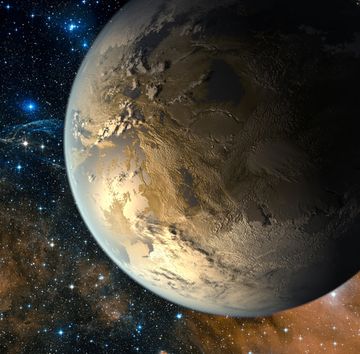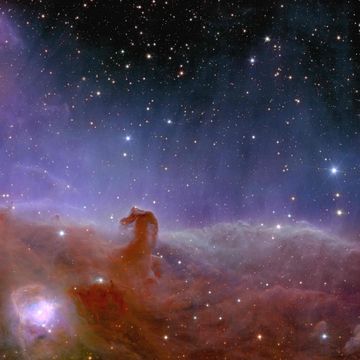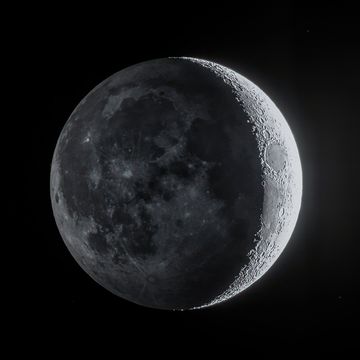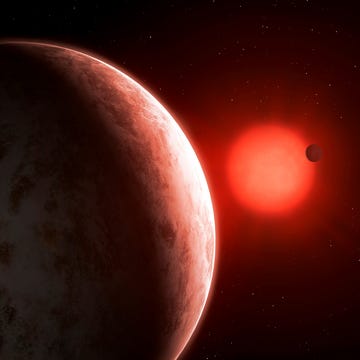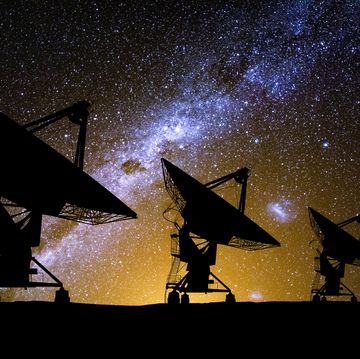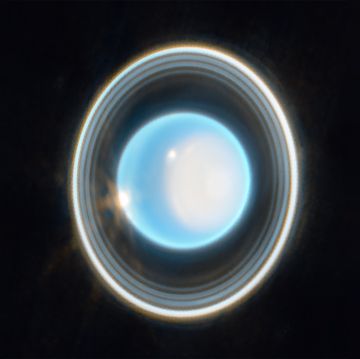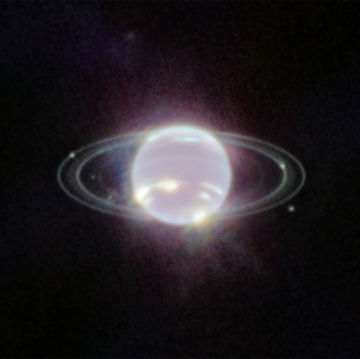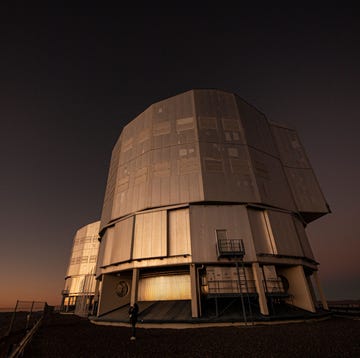NASA and Google have an announcement to make, but you’ll have to wait until Thursday to find out what it is. According to the press release, NASA researchers have made a discovery using the planet-hunting Kepler space telescope along with machine-learning software from Google.
Prior to the official announcement, we can take some guesses as to what it might be. Kepler has spent the last several years collecting data on thousands of nearby stars in order to find planets orbiting around them. While some of this data has been used to find thousands of exoplanets, most of it hasn't been analyzed yet.
Likely, NASA teamed up with Google to build an algorithm for finding more exoplanets inside that untouched Kepler data, and this Thursday's announcement will reveal the first results. There’s a good chance Google’s machine-learning algorithm managed to find many more exoplanets hiding in Kepler’s data, and the space telescope has already found more than 2,000.
Finding hundreds or thousands more exoplanets would help scientists searching for hints of extraterrestrial life. Some of these planets are bound to be similar sizes and compositions as the Earth, and there’s a chance examining their atmosphere's could reveal signs of life on one of them.
Exactly what NASA and Google have discovered, we will just have to wait until Thursday to find out.
Source: NASA



